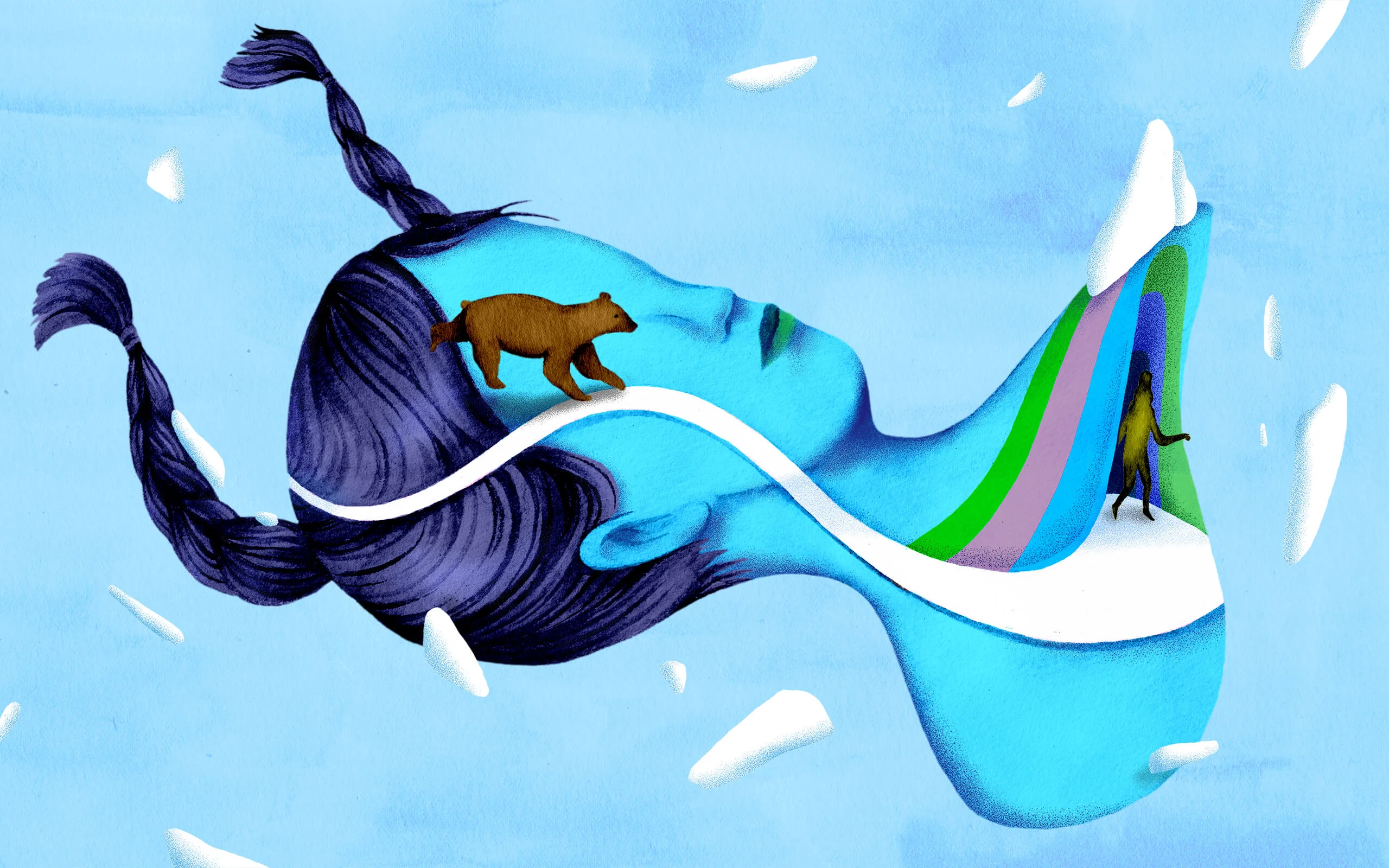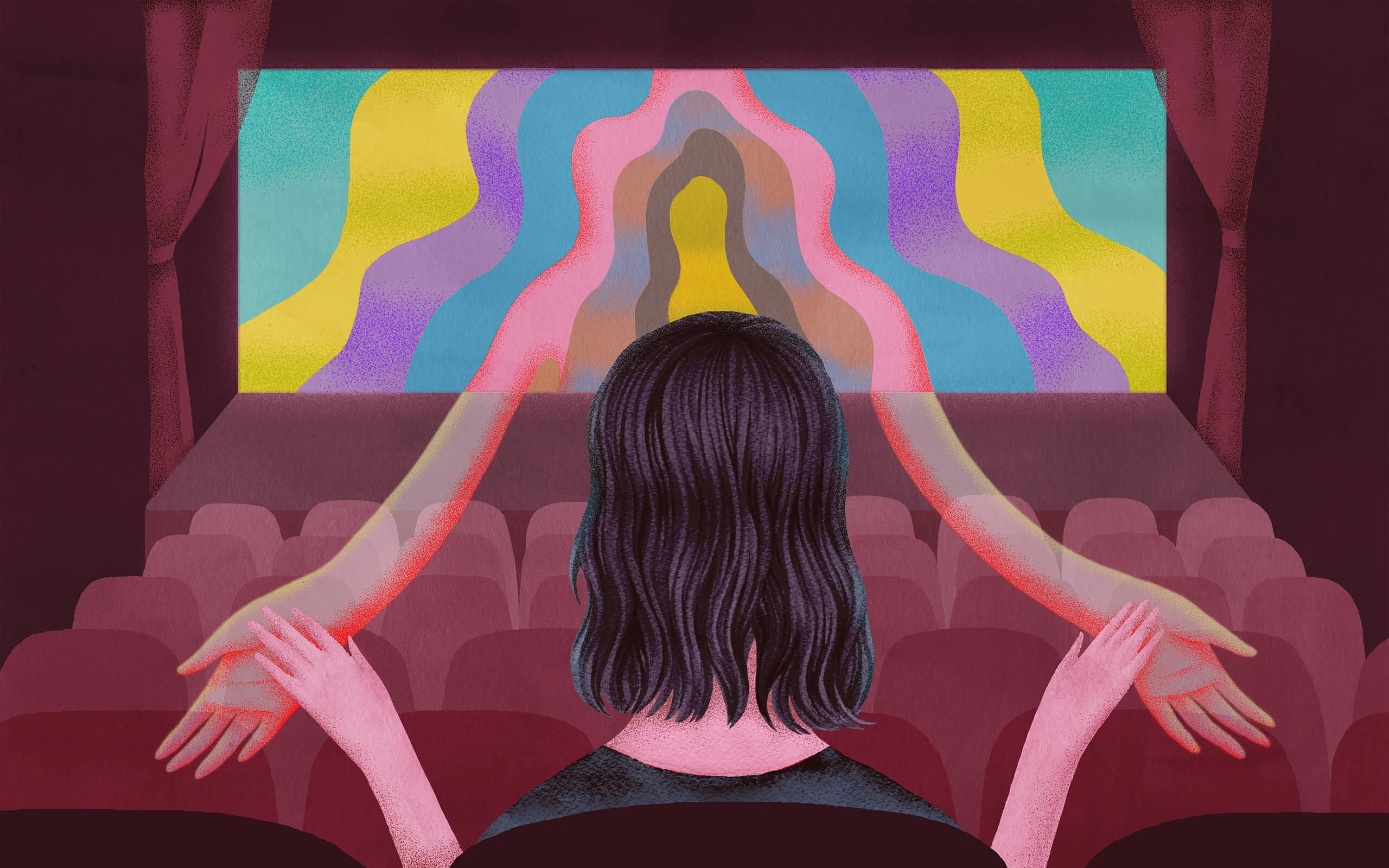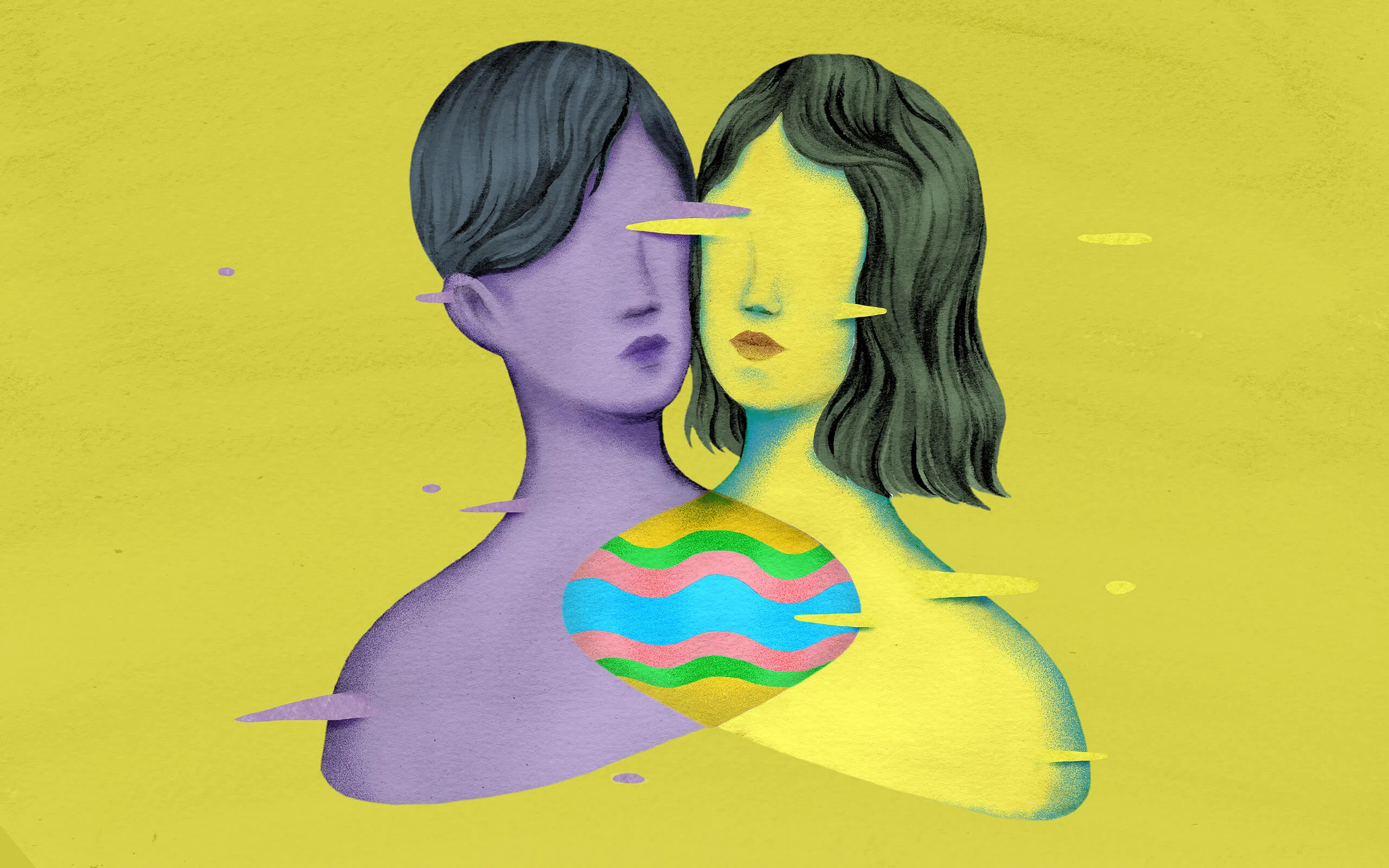

Many creative people find it difficult to switch off. But what’s it like when creative thinking really takes over your life? Jo Lee talks to three people for whom daydreaming is much more serious than it sounds...
Illustrations by Andrea Wan.
Ever caught yourself losing focus, your mind wandering off somewhere? It happens. We all daydream. But what if you were to spend hours every day living in a vivid alternate universe that interfered with your life?
That’s what people who suffer from the psychiatric condition known as maladaptive daydreaming (MD) face up to. It was first identified by Israeli professor Dr Eli Somer in 2002, when he noticed that some of his post-trauma patients had compulsive daydreaming habits.

People with MD often have extremely vivid daydreams that include their own characters, settings, plots and other story-like features. They can be triggered by real-life events or the worlds they build can be purely imagined.
Because MD is not a recognized mental disorder, there is no official treatment. But many experts believe it has a massive impact on people’s lives, and some people with MD are also prone to other mental health issues, like depression.
From a creative perspective it’s intriguing to think about how MD works, but for people who suffer from MD, their battles against the intense, uninvited daydreams are not easy.
Since Maddie was a little girl, she would spend hours listening to music, pacing back and forth in her driveway and daydreaming.
“I’d ended up pacing so much on the grass that there was a giant brown strip of dead grass as if someone had driven in with a motorcycle,” she laughs.
Her friends were confused how she could entertain herself like that, but she didn’t understand that they didn’t do it.
I couldn’t leave the people in my head.
On average, the 16-year-old from Halifax, Canada now spends about four hours daydreaming every day. It gets in the way of her schoolwork and complicates her relationship with her own identity. and that has stopped her from doing homework.
“I don’t know myself that well; I know my daydream self better,” she says. “I don’t feel as much of a connection with my real friends as I do with my daydream friends, which makes me feel sad for my actual friends.”
Maddie feels emotions very strongly when she’s daydreaming, and has often questioned her own sanity. She only recently found out that MD was a thing, and burst into tears when she found out she wasn’t the only one who has such intense, realistic daydreams. “I was so grateful that I wasn’t the only person after feeling so alone,” she says.
But despite the impact her condition has had on her life, Maddie never wishes she didn’t have MD. “It’s a part of me and it’s gotten me through so many situations,” she says. “I couldn’t leave the people in my head.”

19-year-old Alice-Lily* from Surrey, England, who’s also experienced MD since she was young, shares Maddie’s positive outlook. She appreciates the creative aspect of her daydreams, and sees herself as the architect and the director of her own worlds – in a few seconds she can have an entire environment constructed in detail.
She mainly daydreams about her life with her imaginary twin brother, a created connection that has become more and more intense as she’s gotten older.
“I daydream about my own life so that it’s set in a different reality,” she says. “If I could choose a template for life, that’s how it would be.” This has fed her creative side – she writes poems inspired by her MD and has an e-book loosely based on one of her recurring daydreams.
There are though, Alice-Lily admits, downsides to her MD and her inability to switch off her daydreams poses many challenges. In a bid to raise awareness and give sufferers a sense of community, Alice-Lily runs the @MaladaptiveDaydreamingAwareness support group on Facebook (there are also several groups on Reddit that offer advice and information).
She thinks it’s hard for non-MD suffers to really understand how disruptive the condition can be. “It interferes with your whole life,” she explains. “It’s not just sitting down and daydreaming for tiny portions every now and again.”
I get trapped in a world that I have been thrown into.
For Carol, 54, an obsessive daydreamer from North Carolina in the United States, MD has taken a real toll on her life.
“I get trapped in a world that I have been thrown into, like being tied to a chair and forced to watch a film,” she says.
She was a full-time rug designer, a happy wife and a mother of two when the intense daydreams started. She believes it was hormonal, linked to the menopause, and unlike Maddie and Alice-Lily, she doesn’t see many upsides.
“By definition MD is maladaptive. It’s about getting lost in your mind and that keeps you from reaching your potential, having relationships, or even supporting yourself,” she explains. “Just because you like to daydream for hours ,doesn’t mean you have MD. If it’s not negatively impacting your life, it’s not MD. It has driven some people to the brink of suicide.”
And unlike the other people I spoke to, for Carol, an artist, MD actually “robbed her of her creativity.” She has found it very difficult to make art when her creative energies get channelled into her daydreams instead. “The big thing about MD is that you daydream but not do,” she says.

Maddie
I snuck over the border into North Korea (NK) and helped citizens escape. Jeonghan, one of the North Koreans whom I escaped with, became my best friend. One day a group of North Korean smugglers found Jeonghan and sent him back. I was shocked, sad and angry. I was also a little scared but I knew he was strong. It didn’t take long for me to decide to venture back over in order to bring him back, and in my daydream I went to China and snuck onto a train heading into North Korea with supplies.
Jeonghan was being held captive in a concentration camp when I found him. He was looking pretty malnourished and miserable and had clearly been beaten. I managed to break through the security and free him once again. It was an exciting moment.
While Jeonghan was held captive he learnt that his family and friends were executed for being associated with him (a “traitor”). Disgusted with the government, we formed a rebellion to overthrow the North Korean dictator. Together we became the rulers of North Korea.”

Alice-Lily
Sawyer is my twin brother. He is tall and well-built; he has dark blond hair and blue eyes. He is a really good - a kind, compassionate and caring person, very genuine. Unlike me he is popular at school but always makes sure to be there for me. Everyone wants someone like Sawyer in their life.
I got really depressed when I found out that Sawyer was diagnosed with terminal kidney cancer. I was devastated that he might die because I couldn’t lose him.
One day when he was out for chemotherapy, I went into his room. I just wanted to be close to him and wallow in my sadness alone. I ended up laying down on his bed with my face in the duvet crying my eyes out.
There are different versions of this part – Sawyer might have walked in or I might have fallen asleep and he would have woken me up. I often repeat my main scenes, adapting it each time. This has probably lasted three years of me daydreaming it and this is one of my main recurring storylines.

Carol
I am always me in my daydreams but a more vulnerable version. My daydreams are mainly about surviving in a foreign environment. They are themed on emotional pain, not fitting in by not speaking the language or just being different.
In one of my daydreams, I was alone in the snow. The world was so quiet that I could hear my heavy breathing and the pounding of my heart. Then the silence was broken by the bellow of a bear. I looked back, it was close to me. Its fur rippled across the muscles as it thundered along with much longer strides than mine. I looked forward and saw the cave. The opening was too small for the bear, if only I could make it. I began running.
Out of the corner of my eye I saw a tall man’s figure. Draped in fur, he was running diagonally towards me, holding a spear. He was yelling something I couldn’t understand. I reached the cave and squeezed through the opening, then collapsed against the back wall.
I tried to catch my breath. Just when I was expecting to see the bear’s face at the cave’s opening, the man reappeared. He had long sandy blond hair with war braids on each side of his face. His shoulders were too broad to enter the cave. He reached his hand out. I stared at him. Is he my rescuer or another predator? Should I trust him?
I gently took his hand and looked into his tender, icy blue eyes. Maybe I could trust him. I couldn’t stay here, I wouldn’t survive the night. I squeezed through the opening and began following him silently in the snow.

